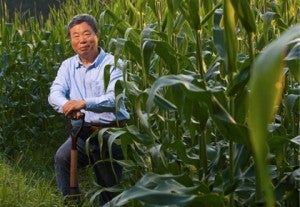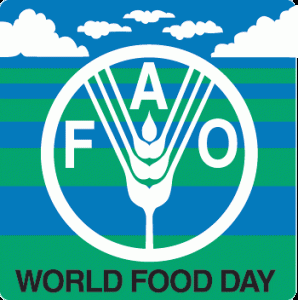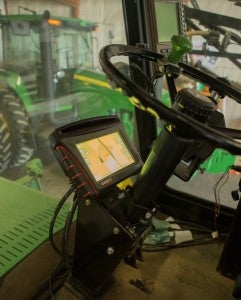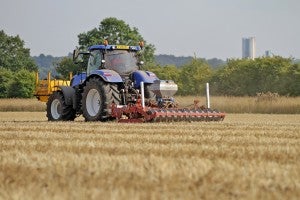 A team of researchers spent seven years dissecting, analyzing and reporting on California’s nitrogen cycle, and the results are eye-opening.
A team of researchers spent seven years dissecting, analyzing and reporting on California’s nitrogen cycle, and the results are eye-opening.
Nearly 2 million tons of nitrogen are imported into the state each year. Almost a quarter of it is lost through leaching into groundwater – with runoff from cropland accounting for nearly 90 percent of this leaching. Excess nitrates in drinking water can cause health problems when consumed by at risk populations. Four percent of the state’s nitrogen is lost to the atmosphere as nitrous oxide, a potent greenhouse gas 300 times more potent than carbon dioxide.
But the California Nitrogen Assessment (CNA), released by UC Davis’ Agriculture Sustainability Institute, also provides a never before seen level of detail on nitrogen movement in the state. There’s no silver bullet for reducing environmental impacts while keeping growers profitable. Yet information is power and the more we know, the more we can tailor and prioritize solutions.
The UC Davis team investigated various political, social and economic ideas for reestablishing our state’s nitrogen balance. Two of the most promising solutions for California agriculture to address what the CNA calls “critical control points” include enhancing fertilizer efficiency and expanding carbon markets for agriculture. Read More


















